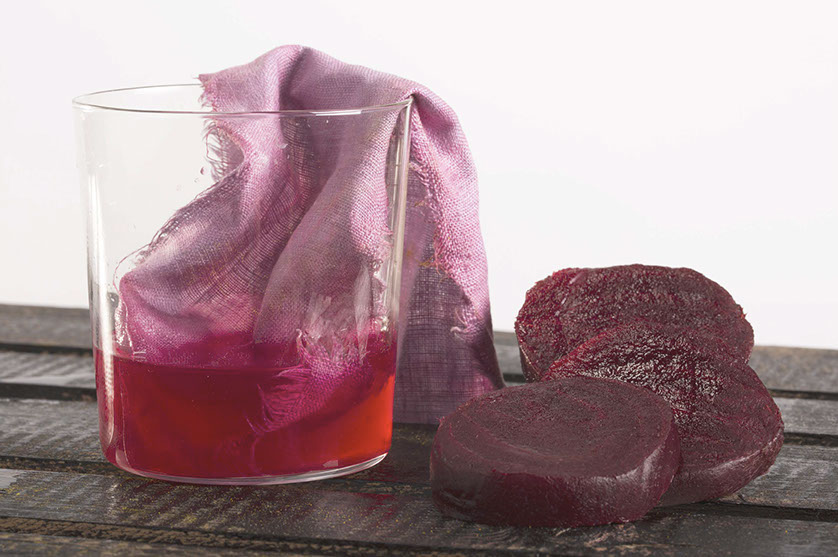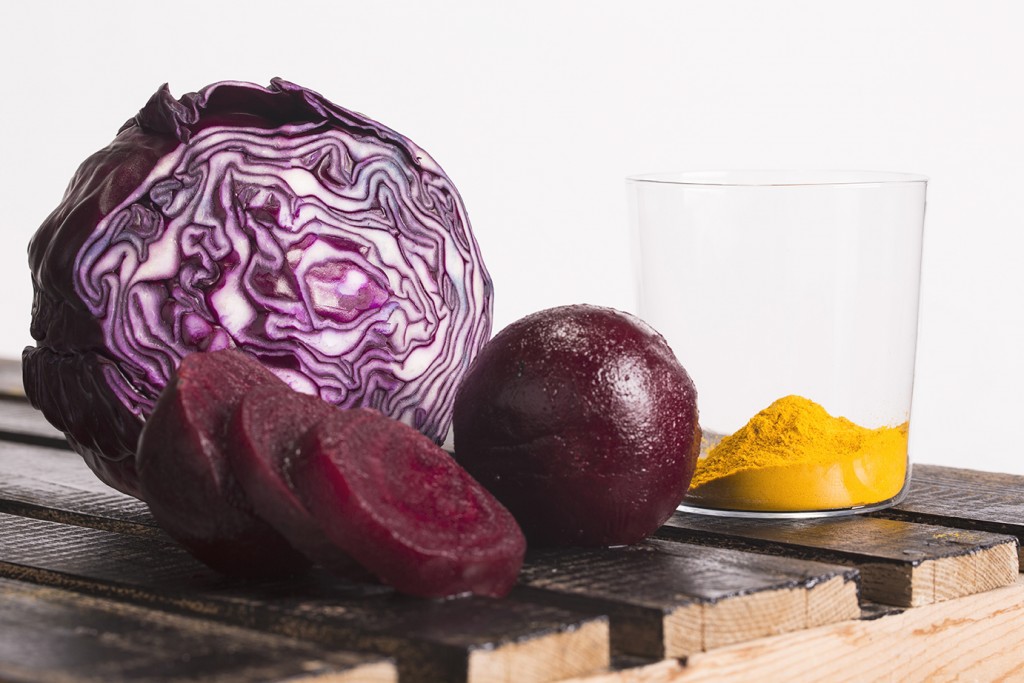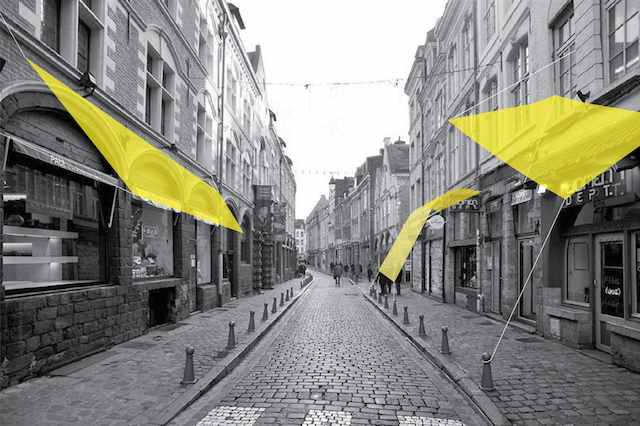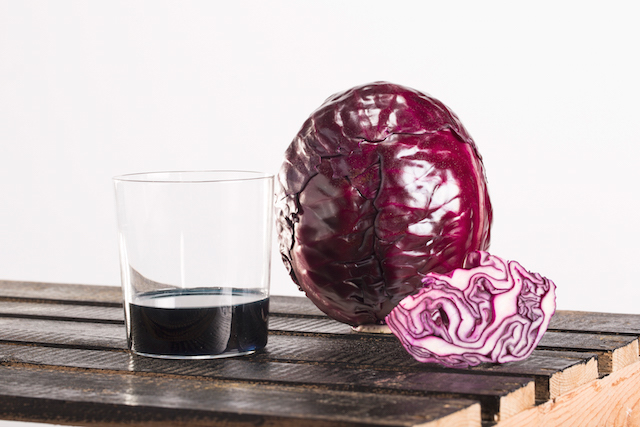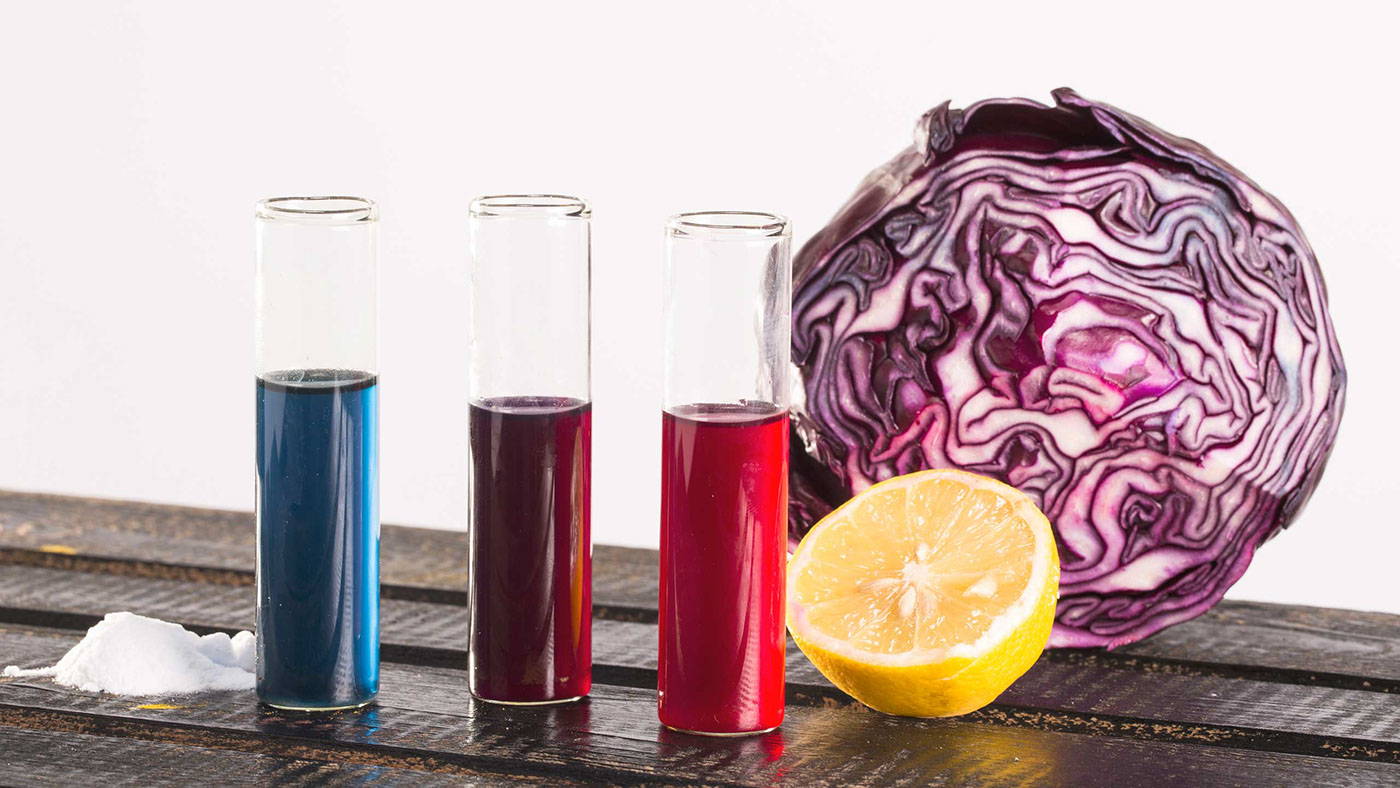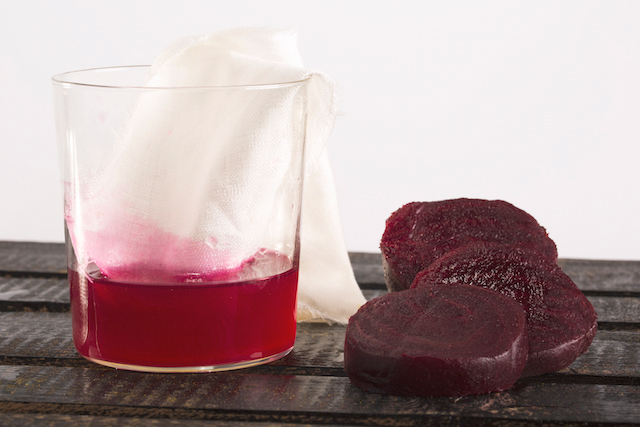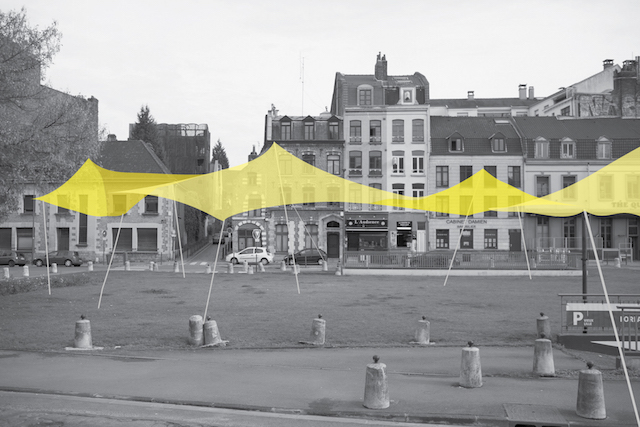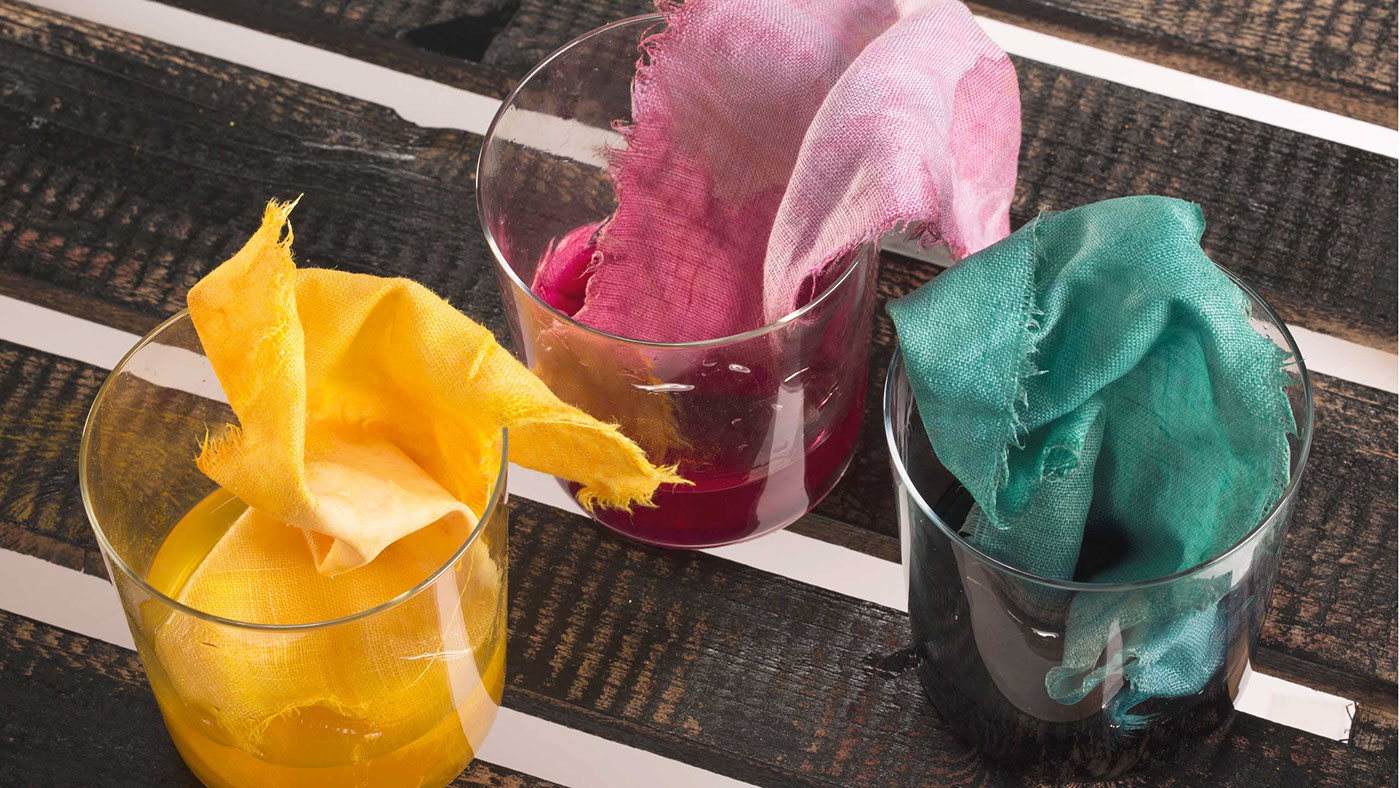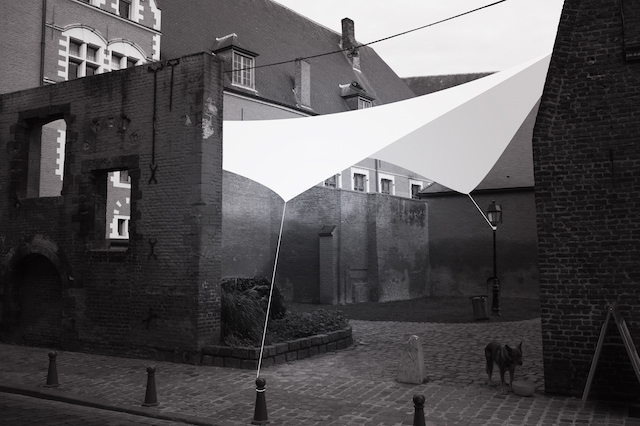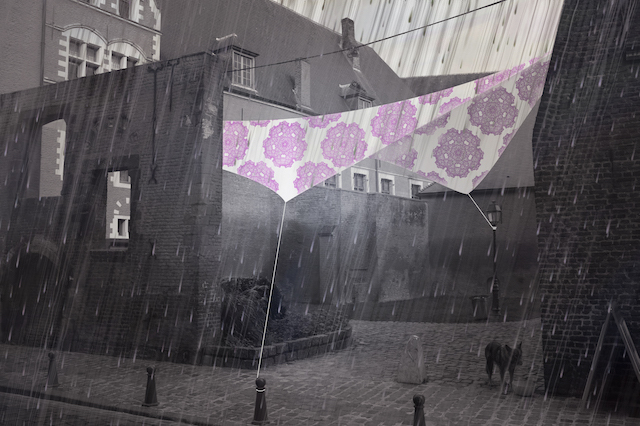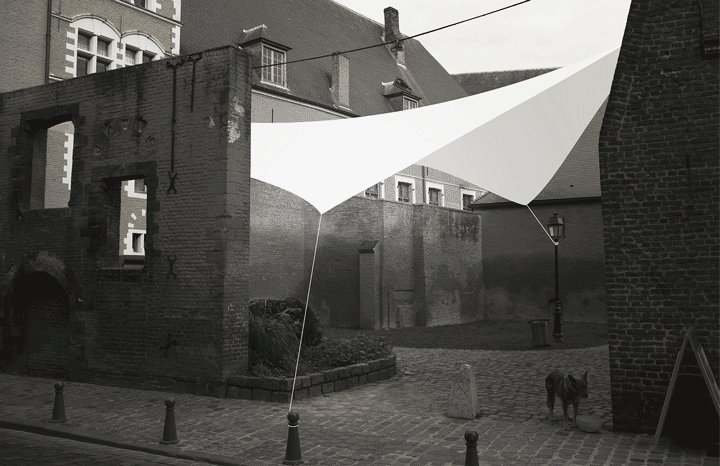
Water Culture by Fabrica won the 1st Prize of the third edition of Design for Change/Lille, a contest that every year since 2012, invites the best international design schools to develop innovative solutions to improve the quality of life of Lille’s residents.
The competition brought together over 450 students from across the world to come up with solutions within three different topics: the influence of climate change, textiles and mobility, and mass catering. Among the participating schools, Ensci Les Ateliers (France), Ied (Spain), Parsons (USA), Harvard University (USA), Polytechnic (Hong Kong).
Fabrica’s team, composed by Chandni Kabra (India), Aaron Gillett (Australia) and Karen Oetling (Mexico), with the creative direction of Sam Baron and Angelo Semeraro, worked across the different fields connecting climate, nature, food and architecture. The result is Water Culture, a project that aims to encourage people to change their negative perception towards Lille’s weather, inviting them to experience the changing vibrancy of the city.
Weather has profound effects on many aspects of life, from emotional health and general well-being to productivity and the economy.
How might we change negative perceptions of weather into a positive?
Lille Métropole is among the wettest cities in France, with 177 rainy days a year, almost one in two days. Though Lille experiences more rainfall than other wet cities like London, there are more annual sunshine hours.
When thinking around mobility and the city, the number of rainy days can generally be seen as more important than the actual amount of rainfall. With an international approach, the Fabrica team tried to bring the positive perception towards rain from their home towns in India, Australia and Mexico.
The result of their research is Water Culture, an installation of hydro-chromic textile structures that react to rain, creating vibrant shelters to improve the atmosphere of the city and to allow people to perform outdoor activities, assemble, integrate.
When thinking around mobility and the city, the number of rainy days can generally be seen as more important than the actual amount of rainfall. With an international approach, the Fabrica team tried to bring the positive perception towards rain from their home towns in India, Australia and Mexico.
The result of their research is Water Culture, an installation of hydro-chromic textile structures that react to rain, creating vibrant shelters to improve the atmosphere of the city and to allow people to perform outdoor activities, assemble, integrate.
Colour plays an important role in changing the perception and mood about the weather and it can make a difference in how the city appears. Taking reference from various cultures, colours like yellow symbolises sanctity, whereas green represents harvest, happiness and new beginnings.
Among the materials to be used to create a climate responsive architecture is hydro-chromic ink, a material with a special wet reveal binder. Images printed underneath hydro-chromic ink magically appear with water and disappear when dry. Hydro-chromic ink is formulated for cotton, polyester, nylon, blended and non-woven fabrics that can be easily applied to traditional screen printing methods.
Water culture honors Lille’s textile tradition and wealth of natural resources, such as beetroots, onions and sugar beets, which can be used to dye textiles. This local production can act as a connection between industries and people, bringing the country to the city using cutting-edge technologies.
These public shelters interacting with weather can be used by private enterprises as a tool to mark space and provide service to the public or by communities, events organisations, schools and councils as coverings from the rain. Stakeholders like entrepreneurs, designers, community organisations, the textile industry or agricultural partners could be involved.
In this digital and fast-evolving era, the Fabrica team wanted to create something tangible, enhancing human interaction with nature. With Water Culture rain can spread a positive mood through the city, encouraging people to come outdoor and share. Rain becomes an element to make the city more magical, vibrant and festive.
